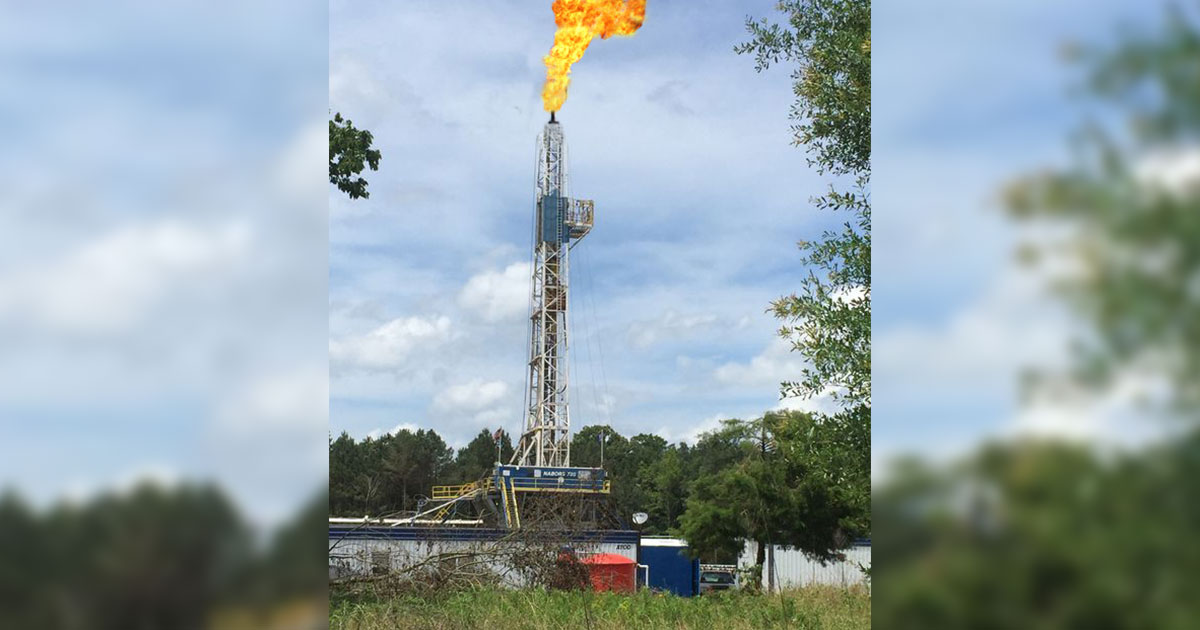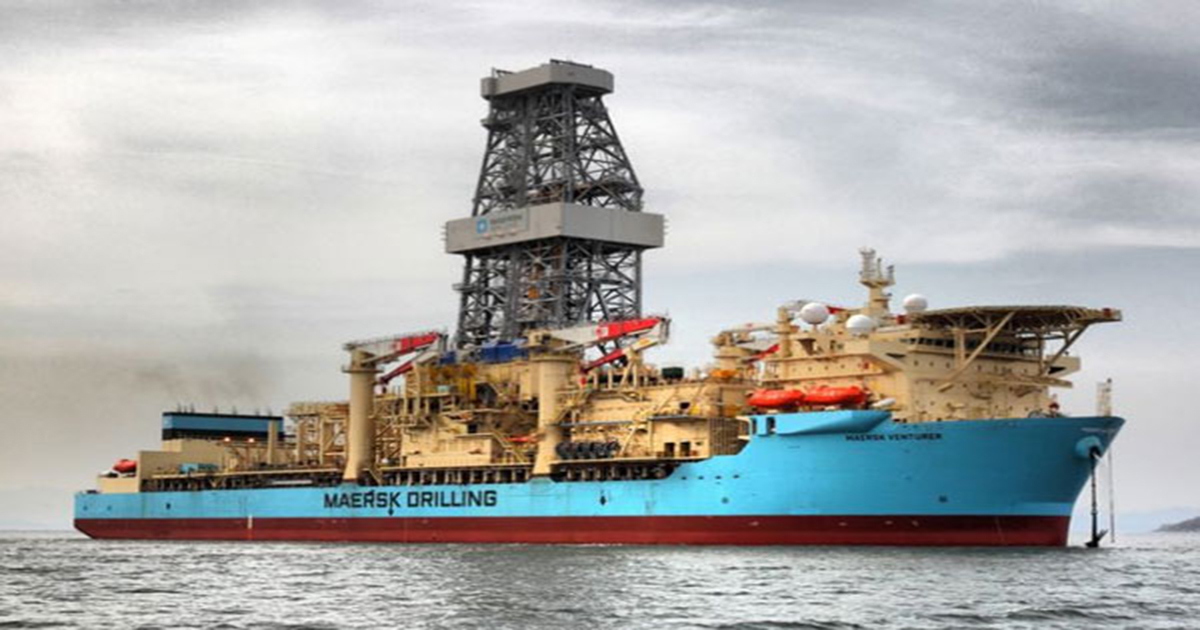
An exploration breakthrough of oil and natural gas by the Philippine National Oil Company-Exploration Corporation (PNOC-EC) that resulted from the discovery of the country’s next major commercial natural gas supply at its Mangosteen project in Santiago City in Isabela on Monday.
“The good Lord has answered our prayers,” PNOC-EC chair Gemiliano Lopez Jr. as he shared and reported it on the Inquirer.
“Umapoy na ang Mangosteen (Mangosteen flared up), indicating a successful gas find. It happened around 11:45 p.m. (on Monday),” he said, quoting PNOC-EC geologists.
The PNOC noted that they have already prepared a report about the good news and promptly relayed it to President Benigno Simeon Aquino III.
Early this month, Lopez said they had “spud the Mangosteen well, which is within our Service Contract 37 program in the Cagayan Basin.”
He said, “We are confident of finding the country’s next gas field that can provide additional megawatts of energy using clean natural gas.”
PNOC-EC records showed that the Mangosteen field located 8 kilometers south of Santiago, Isabela had a recoverable resource potential of 71-billion cubic feet of natural gas reserves that could contribute 60 megawatts to the Luzon power grid for more than 15 years.
Comparison to Malampaya
The Malampaya project, with its output of 3.7-trillion cubic feet of natural gas and 85-million barrels of condensate that can generate 2,700 MW until 2022, is definitely much bigger than Mangosteen.
The latter, however, has the advantage of being based on land, unlike Malampaya which is located offshore and whose reserves are over 3,000 meters below sea level.
Mangosteen only needs a 500-km pipeline to deliver its output to the Ilijan, Sta. Rita and San Lorenzo gas-fired power plants in Batangas in Southern Luzon.
If the PNOC-EC upgrades the Mangosteen project to a gas-to-power project like Malampaya, “100 percent of its revenue will go to the government,” said a company insider.
On the other hand, the company owns only 10 percent of Malampaya with the majority controlled by foreign oil interests.
Incorporated in 1976, PNOC-EC is mandated through the Department of Energy to take the lead in exploring, developing and producing the nation’s oil, natural gas and coal resources.
Last year, the company embarked on a $22-million Baragatan energy exploration project off the western coast of Palawan, which is estimated to contain between 676 million and 977 million barrels of oil.
Should it succeed in producing oil from this prospect, it could supply roughly 10 percent of the country’s crude oil requirements.
Note: The image shown is for presentation purposes only.
















What will happen on th owners of the land where the Natural gas located?
Balintocatoc…
Good blessings and thankful we are. Caution: Gas is very risky merchandise. We dont need to export to Batangas and run 500 km pipeline then back to consumers. It is safer to transfer gas on finished product and consumer friendly containers. Why not put up processing plant in Isabela? and offer employment to local people.
Paano kaya yon pag naalala ni Bong Bong ang sinabi ng dilaw ” nung kailangan ang tulong sa leyte ‘Kami ay aquino kayo ay Romualdez”?
Bagong taon, aka na ang politika